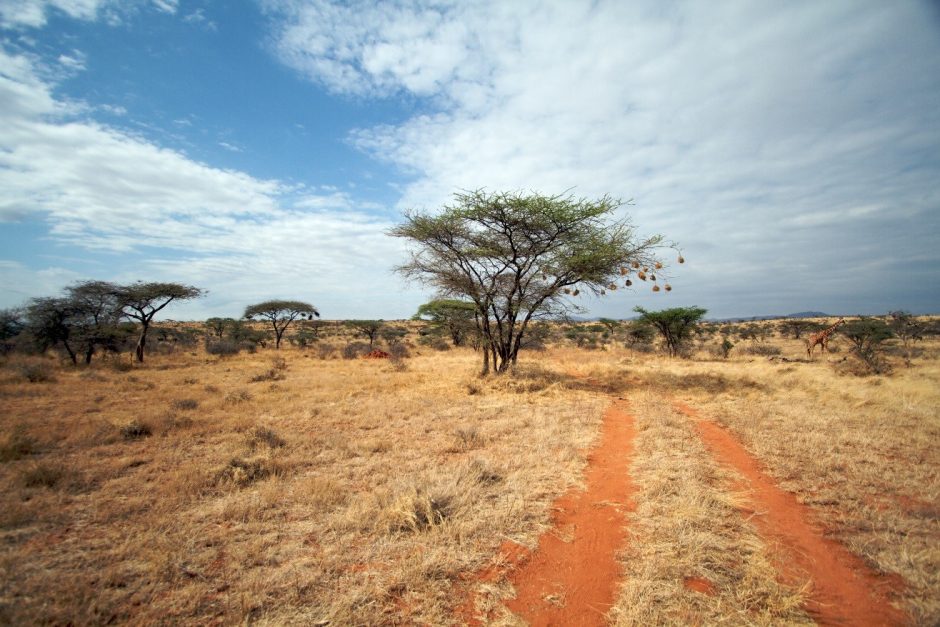
What’s in the Camera Bag? Kenya Photo Safari
When you hear the words Kenya, safari, and photography, instantly it conjures up images of vast savannas, acacia tree woodlands, big open skies, and of course loads of African wildlife! If you’re headed to Kenya on a wildlife photo safari, be sure to read up on our recommendations for the best camera gear to bring along with you on the adventure.
Please note, photographic styles vary, as do conditions on the ground. While this is meant to be a guide for choosing your camera gear, you should consider your own photographic interests first and foremost.
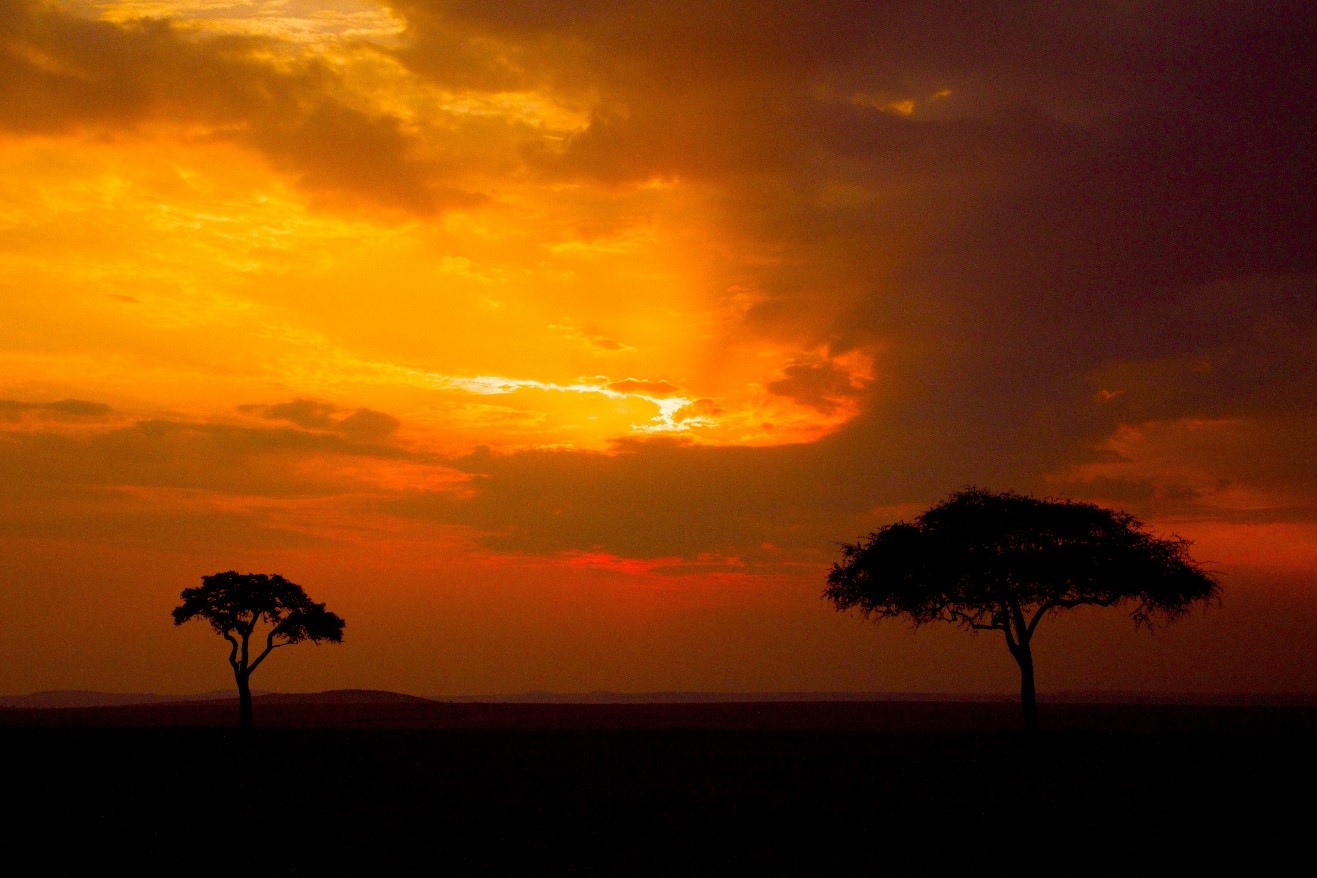
Ultra-wide Angle vs. Wide Angle
The first thing you’re likely to think of, regarding safari photography, is big wildlife and zooming all the way in to get full-frame shots of things like lions, zebra, elephants, and more. However, don’t pass up on the incredible landscape photos that you’ll be immersed in throughout the adventure. You’ll certainly want to have what I often term a “walking around lens”, or perhaps a better term for Africa is a “driving around lens.” This is your go-to for general landscape photography, travel photography, people and cultural photography, etc.
Whether you choose to bring an ultra-wide angle lens, like a 10-22mm, 14-24mm, 16-35mm, or 17-40mm lens, or something more multi-purpose like a 24-105mm or even an 18-200mm depends on your photographic style, and/or whether you have many options to choose from.
While I love the unique photos I can get from an ultra-wide, which can give you almost a fisheye effect, safaris will have you mostly photographing from vehicles. As a result, you’ll definitely want to have a fair bit of range with your entire kit. If you do opt for an ultra-wide, make sure you have something in the medium telephoto range and be ok with switching lenses often, or having a second camera body. If you’d prefer to keep things simple, you may enjoy having something more general, like an 18-55mm for crop frame cameras, or a 24-70mm or 24-105mm for full frame cameras. These still give you the very wide angle end, but allow you to zoom in a bit to compose your photos in these big open landscapes.
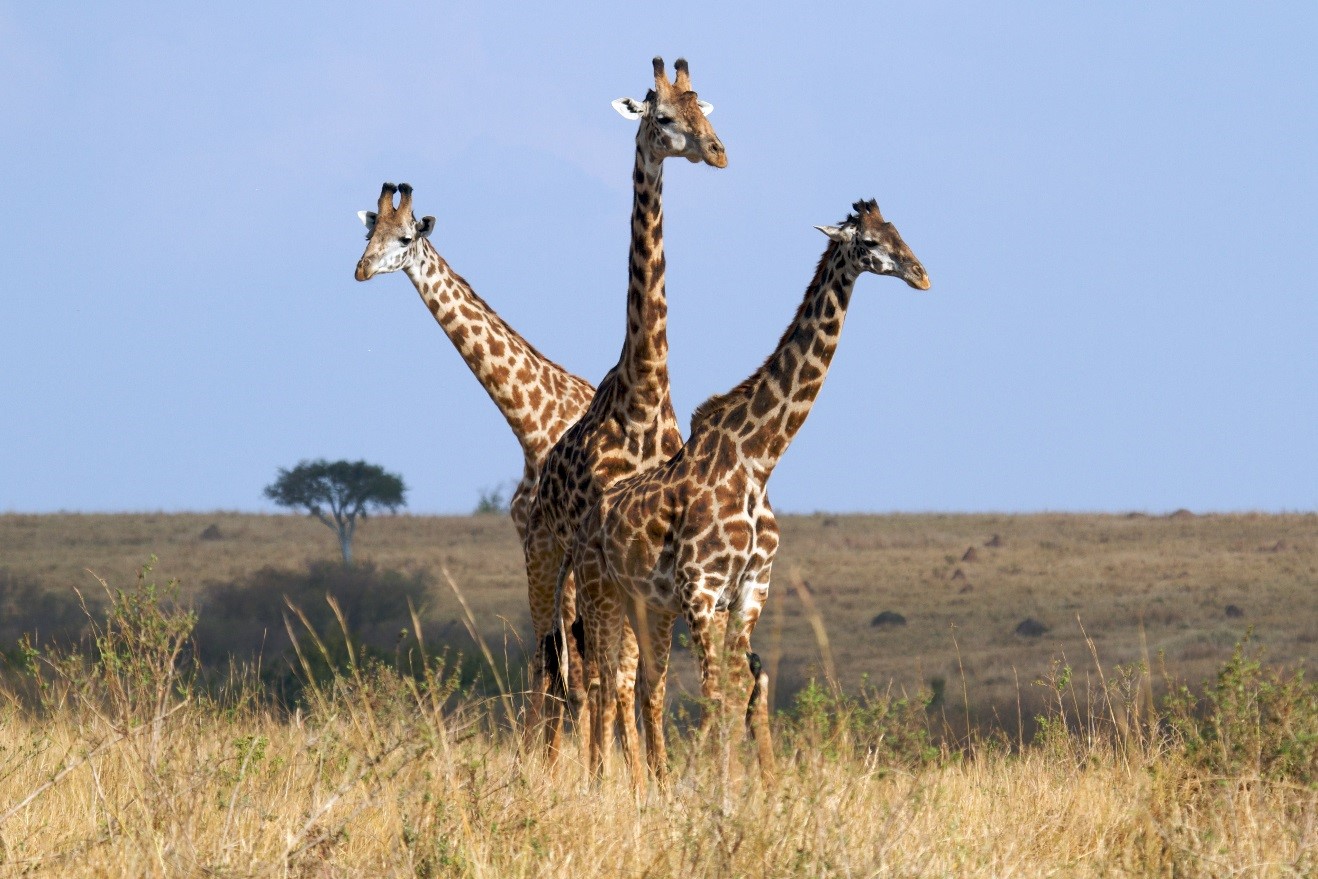
Zoom telephoto
This is probably the most important lens to have with you, and you’re likely to use it for over 50% of your photos – perhaps more. These are lenses in the 70-200mm, 70-300mm, and maybe even your 100-400mm can be lumped in with this group (although 400mm somewhat gets into the super telephoto range).
Fortunately, if you go with a great safari outfitter (I’m quite partial to Natural Habitat Adventures’ safaris) you can get quite close to the wildlife. Hence, these lenses are the workhorses of the safari photographer. The zoom range gives you the flexibility for perfect composition, and they can reach reasonably far. And plus, when they don’t quite reach far enough, I’m always an advocate for getting some shots with the wildlife as part of the landscape. Try to not only get zoomed in photos of the animal filling the camera frame the entire time.
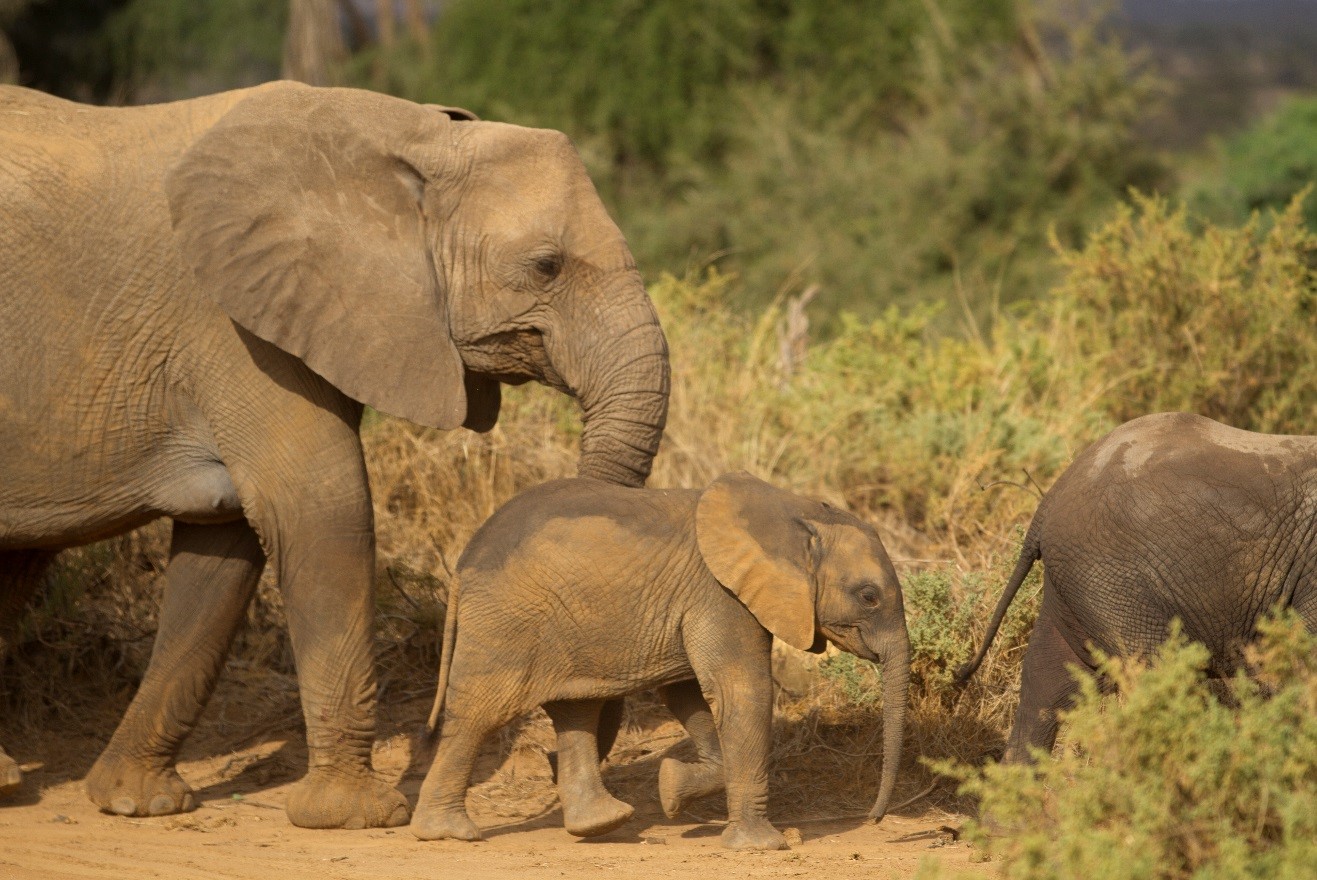
Super Telephoto
There are always situations when you need to keep your distance from animals while on safari. Maybe it’s because there is a family herd of elephants that are protecting their young, or your guide feels that getting any closer will cause the animal to run away. For these moments, having a bazooka on the front of your camera is very helpful. But, these big lenses aren’t absolutely critical. They’re definitely fun to have, but they can be very costly and often are massive. And there will always be times when you just don’t have enough telephoto, even if you have the biggest lens out there. My general rule of thumb is that a 400mm lens will give you the vast majority of the photos you’re looking for.
If you do choose to bring one of these super telephotos, which are typically 400mm f/2.8, 500mm f/4, and 600mm f/4 prime lenses, you are best served to bring a second body capable of holding your wide angle or zoom telephoto. You may often find yourself too close to the wildlife to properly photograph it with long prime lenses.
This all being said, if you have the desire and ability to bring a super telephoto, along with a second camera body for your wide angle and more moderate zoom telephoto lens, you will get more great photos. It’s just a personal call as to whether this is your style and whether the extra weight and effort is worth it to you. Some folks will say yes, and others will find the zoom telephotos described in the above section more than satisfactory.
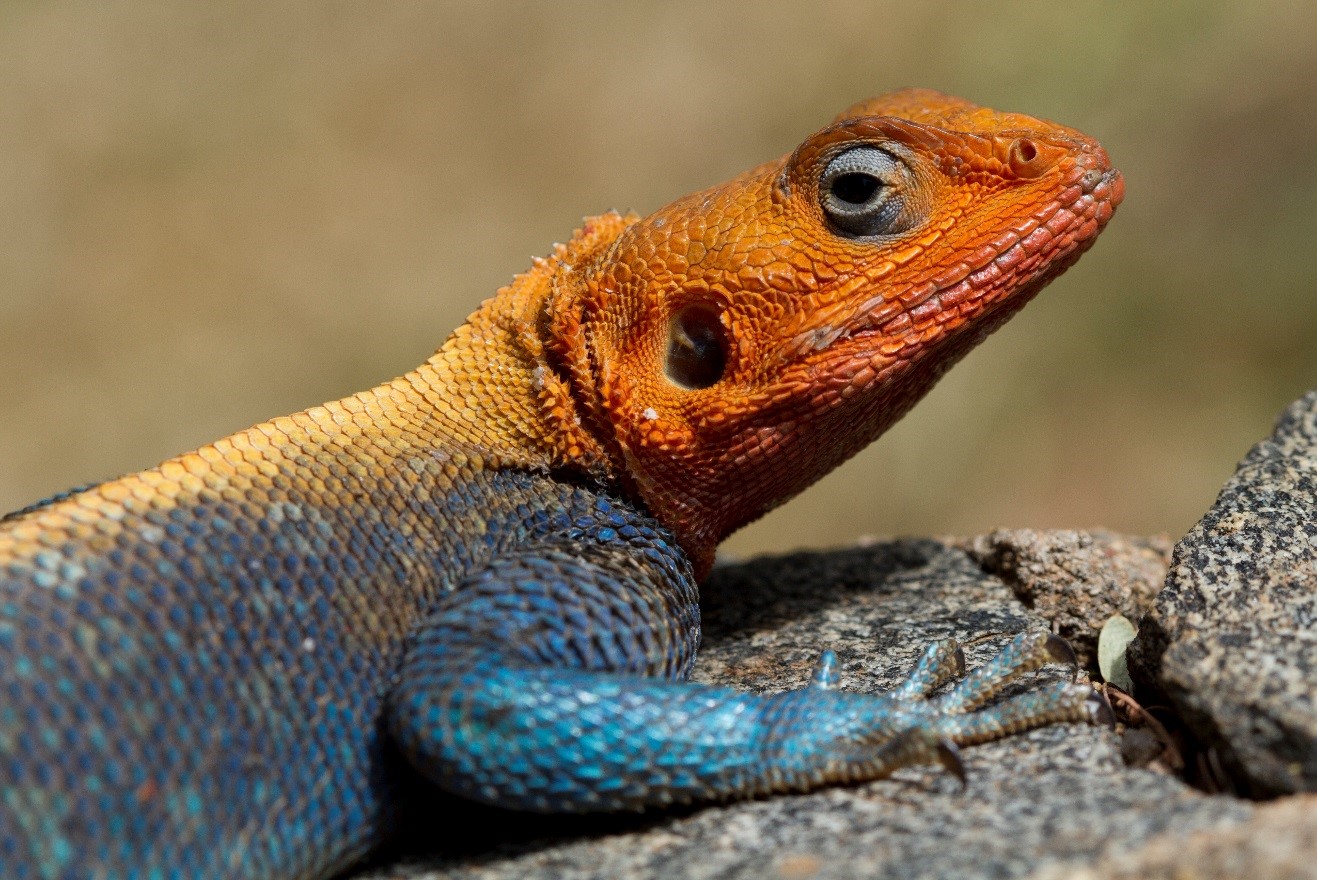
X-factor Lenses
These are your lenses that you may not consider at first, but can give you those unique shots while on safari. A macro, perhaps? Maybe a nifty fifty (50mm f/1.4)? Or, maybe your ultra-wide lens fits this category. There is no right answer for whether you should even bring an “x-factor” lens, and it’s heavily dependent on what else you’re bringing (and if you have the space and weight allotment!). None of these are critical, but as you can see from the Agama lizard above, taken with a 100mm f/2.8 macro, they can be really fun during some downtime around the camps!
Flashes
I don’t personally recommend taking the space and weight for a flash. They often will spook wildlife. Although some photography can take place in early morning or late afternoon and lower light scenarios, a flash really won’t help, and again, it’ll be disruptive to the wildlife and your fellow photographers.
Tripods or Camera Support Systems
I get this question a lot and I can understand why. The concept of being in a safari vehicle is a foreign one for most, and folks really aren’t sure about what the photography situation will be like. Personally, I advocate for going “hand held” for your photos as much as possible. It gives you maximum flexibility for whipping around from side to side, or from front to the back of the vehicle to get the shot. In addition, it’s easy to brace larger lenses on the handrails or seats in front of you if your arm gets tired. I personally find the more equipment you have, the more stuff will get in your way (or malfunction) and cause you to miss the perfect photo.
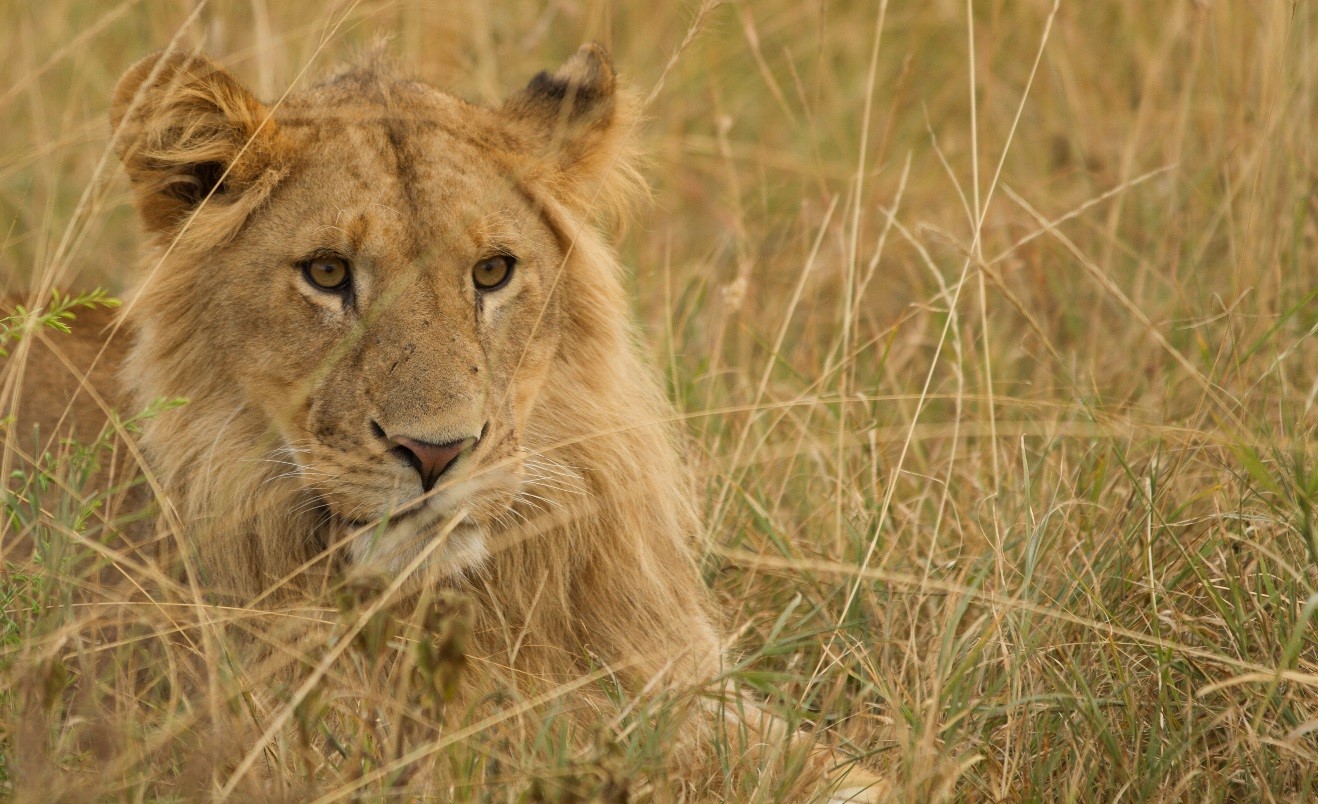
Other Accessories
You will want to protect your camera and lenses from the elements. While it’s rare for rain to cause major problems during African safaris, dust can. But, I actually use the same protection for both, so I’m ready for anything! A simple dry bag is inexpensive, versatile, and easy to use. I always have one in my bag no matter where in the world I am.
It likely goes without saying, but having plenty of camera memory is key. Anticipate shooting 500-1000 photos a day, and potentially a lot more if you tend to photograph in burst mode (i.e., holding the shutter down and capturing 5-10 photos a second).
And last but not least…filters. I don’t personally recommend them, but at the same time I’m not discouraging you from bringing them. A polarizer can make blue skies pop, but there is a real risk of accidentally “overdoing” it, only to find out after you’ve taken many days worth of photos that all look a bit off in their color. A graduated neutral density filter, aka Grad ND, can be fun for sunrises and sunsets, but they can be cumbersome to take on and off and frankly, most of this can be replicated in photoshop with minimal degradation of image quality.

If you are about to embark on a Kenya photo safari, you are in for the time of your life. It’s a dream photo trip and I wish you the very best. Enjoy every minute…I know you will!
Go forward and give it a shot,
Court
2 Comments

Ruth Magnusson
March 26, 2018 at 2:54 pm

Court Whelan, Ph.D.
May 5, 2018 at 3:29 pm
Thanks for the great advice! Going on Natural Habitat Adventures Ultimate Kenya & Tanzania Safari along with an extension trip to see the gorillas in Rwanda this June. Am a painter/amateur photographer and have 10 years experience teaching film photography back in the day. Will be bringing brand new Nikon D5700 and hopefully just one lens. Have a 5 year old Tamron 18-270 mm lens F/3.5-6.3 which has worked well shooting wild life in Wyoming and scenery in Europe. I am wondering if this lens will be adequate for our Africa trip. Would love to have the new Tamron 18-400mm F/3.5-6.3 but it’s an investment I’d rather not make if you think my existing lens will be sufficient.
Would appreciate your input.
Hi Ruth, sorry for the delay, but lots of travels lately! Eh, I actually don’t think the 270mm will be enough. Sorry to say. Yes, you’ll get loads of shots within that range. But, you’ll have a bit too many other opportunities you want a 400mm for. The other option is the Nikon 80-400mm or the brand new Nikon 200-500mm (I’m very jealous of this one, as a canon guy!!).